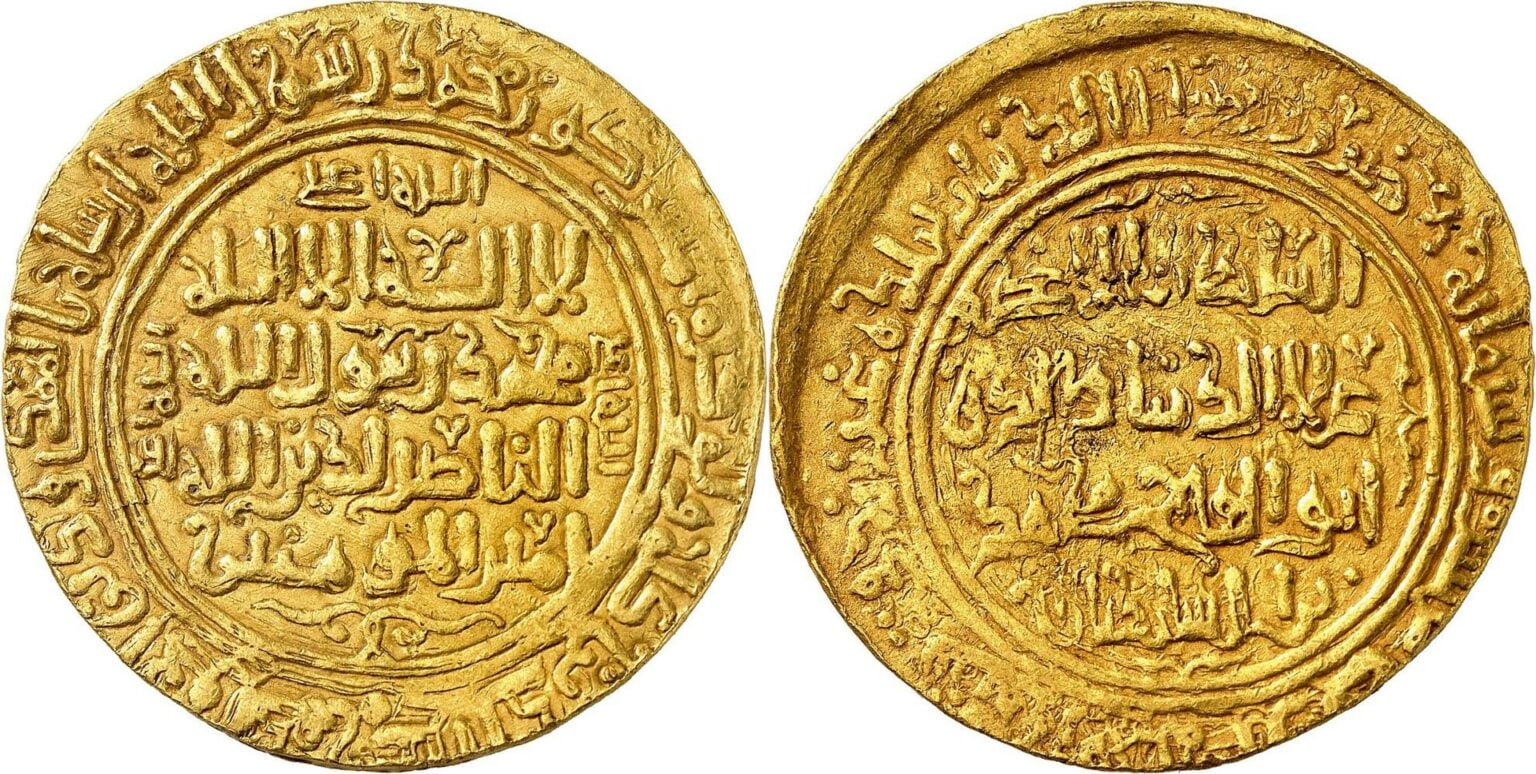

Atsez, a descendant of Anushtegin, Maleksha’s favorite servant to whom he had given had given the “eqta” of Khiveh (Khwarazm), rose in Sanjar’s time and eventually obtained this independence as Khwarazm-shah. He died in 1056 shortly before Sanjar and was succeeded by Arsalan. From then onwards the Khwarazmshahids quickly grew from being a provincial power into a major territorial state, rising above the fragmented Seljuk rulers, even those of Kerman. Yet much of the expansion took place under the last effective sultan of the Khwarazm-shahs, Ala’ al-Din Mohammad (1200-1220) who for a brief period became ruler of their Iranian possessions, and conquered virtually the whole of central and eastern Persia.
Yet the foundations of this empire in the making were weak and the sultan himself was not an able or stronger ruler. The Khwarazm-shahid sultanate had expanded too rapidly; it had been weakened by Mohammad’s conquest of territories which, especially in the east, were vulnerable to a serious attack. The ruler’s mother, Torkan Khatun, was an able and powerful intriguer who virtually acted as the rival power to his son, whom she had not favored for succession to the throne. Mohammad’s relations with the able and ambitious Abbasid caliph al-Nasir were far from amiable, and this was damaging to his position at home and abroad. He even led an army towards Baghdad, which the unusually severe winter rendered futile.
Meanwhile Changiz Khan had united the Mongols, conquered parts of China and extended his vast empire to the neighbourhood of the Khwarazm-shahs. He was, unlike Mohammad, an accomplished military leader, an able organizer and an astute diplomat. It is likely that he had designs for expansion in the west if only because the mere conquest of eastern and central Persia did not put an end to his and his descendants’ expansionist ambitions. But the when and how of the catastrophic invasion was largely of Mohammad’s own making.
The most authoritative historians of these events are Ala’ al-Din Joveini, author of “Tarikh-e Jahangosha (History of the World Conqueror, i.e Changiz) and Rashid al-Din Fazlollah, author of “Jami al-Tawarikh (The complete History). Both these men were illustrious Mongol Ilkhan ministers and so they are unlikely to have exaggerated their accounts well beyond common belief, including that of their Mongol masters. One historian put the number of those killed in Holagu’s massacre of Baghdad in 1258 at 800,000. Holagu himself in a letter to St Louis put it at above 200,000, that is, 25 per cent of 800,000. However, if we assume that 25 per cent of the figure quoted by contemporary historians for all the cities sacked by Changiz is an accurate figure, then we still have a holocaust of unparalleled proportions up to that time. No wonder that contemporary historian said that the country would not recover from its impact even in a thousand years...Read more